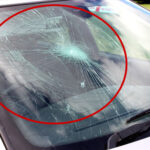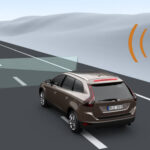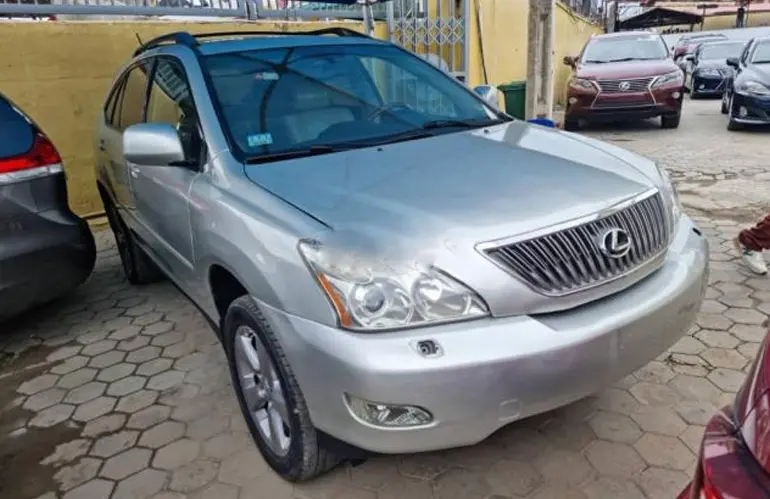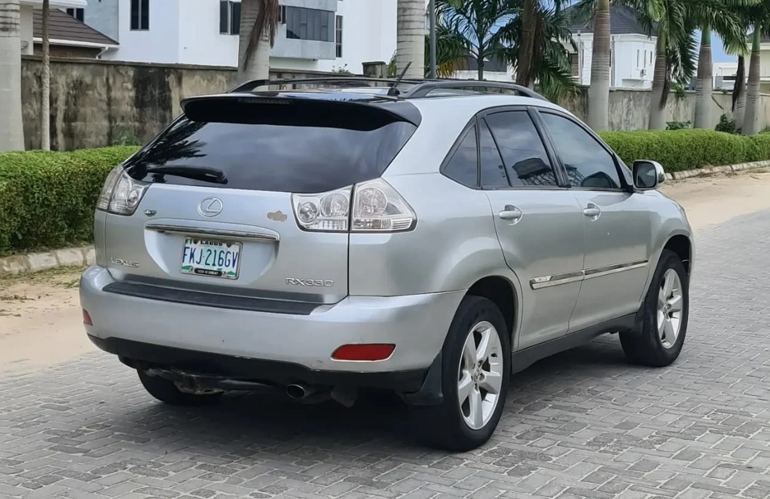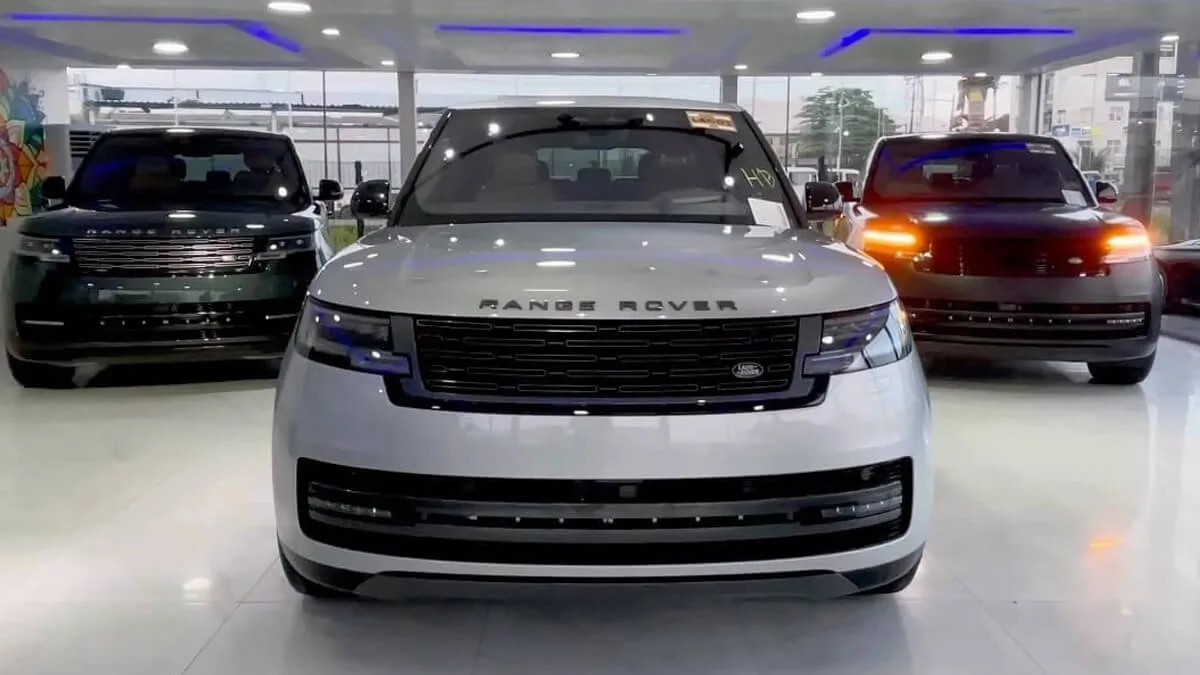Today, not many car transmission has a friction-disc clutch because they are mostly found in manual cars and automatic cars are already dominating the car scene. Yet, in a country like Nigeria where there are still a good number of old model vehicles circulating, you’ll find a lot of cars still making use of manual transmission.
Table of Contents
If you own a manual car in Nigeria or are about to purchase one soon, you might be wondering how the clutch in a car transmission works. Also, many automatic cars come with a clutch control that connects the gear and the engine (not like the one in manual cars).
In this article, we explain everything concerning the friction-disc clutch in manual cars you should know about.
Car clutch guide highlights:
- Whether your car has an automatic or manual transmission, it relies on a clutch to control the link between the gears and the engine
- The clutch usually uses friction-material discs or a fluid coupling to help it regulate the power going from the engine to the transmission
Whether they have one speed or 10, cars need transmissions to move. Sure, a car without an engine or electric motor isn’t going anywhere. But without the transmission and the rest of the drivetrain, an engine is just a big, complicated noisemaker. And a critical part of this whole driving process is your car’s clutch. So, how exactly does it work?
What Does the Clutch in a Car Do?
Depending on who you ask, the clutch is separate from the car’s transmission. However, as you’ll see shortly, that’s not always true. And even in cars where it is, the transmission can’t do its job without the clutch. So, they’re sort of two halves of the same whole.
Clutches are not only found in cars, even electric drills use them, for example, as do motorcycles. Practically any device with two rotating shafts has a clutch. And they all use them for the same reason: to move power smoothly from one place to another. Which sometimes means keeping the power from flowing.
Here’s how this works. The clutch physically connects the engine’s flywheel with the transmission’s input shaft(s). So, when the former spins, so does the latter. And thanks to a series of interconnected gears, that spins the transmission’s output shaft, which spins the driveshaft and thus the wheels.
However, sometimes you want your wheels to stop spinning. Say, if you’re coming to a stoplight. But that would also immediately bring your engine to a screeching halt. And if you tried to start it back up, it wouldn’t be able to overcome the friction of the shafts, gears, and tires.
That’s where your car’s clutch comes in. It not only links the engine with the rest of the drivetrain, but it also lets the driver freely break and reestablish that link. That way, the engine can drive the wheels when you want to move and idle freely when you don’t.
How Does the Clutch Do That?
Although it’s often considered one part, a typical car clutch is an assembly of several parts:
- A cover plate
- One or more clutch discs, aka friction plates/discs or driven plates
- A pressure plate with a diaphragm/coil spring
- A release bearing with a release fork
The cover plate bolts up to the flywheel, which might explain why some consider the latter part of the clutch assembly. Regardless, it’s what spins the clutch disc(s), the real heart of the whole assembly.
The high-friction material keeps the flywheel and pressure plate stuck together, which is how power goes from the engine to the transmission. And when that power flow must stop, the pressure plate and release bearing come into play.
In the olden days, release forks were operated through cables. But while some motorcycles still have cable-operated clutches, cars with three pedals have hydraulic systems. When you press on the clutch pedal, it sends fluid from the clutch master cylinder to a piston/slave cylinder. This pushes the release fork, which presses the release bearing into the diaphragm spring. The spring pulls the clutch plate(s) away from the cover plate, disengaging the flywheel from the transmission.
Then, when you’re ready to start moving again, releasing the pedal takes the pressure off the bearing. This lets the clutch plate(s) re-engage with the cover plate and lets the engine spin the wheels.
Without Clutch, Manual Transmission Cars Cannot Go Anywhere
Coming to and leaving a stop isn’t the only a car’s clutch lets it do, though. It’s also what lets cars with manual transmissions shift gears.
When you move a manual shifter, you’re manipulating which output shaft gears mesh with the input shaft gears. And that’s nigh impossible to do without disengaging the engine and transmission. At least, not without significant internal damage. Sequential manual transmissions don’t have this problem, but that’s another story. Plus, even cars with those kinds of transmissions have clutches to pull away from stops.
Speaking of, because manual cars won’t work without functioning clutches, you mustn’t ride the clutch pedal. Doing so accelerates friction material wear and fries your clutch fast. You’ll have to slip the clutch slightly when you re-engage it. But if you do it quickly like you’re supposed to, it minimizes wear and heat generation.
Do Cars with Automatic Transmissions Have Clutches?
So far, we’ve discussed clutches in the context of manual transmissions. But what about clutches when it has to do with automatic cars? Well, it’s a bit complicated.
Technically, automatic transmissions also have clutches, in that they have something that controls power flow between the engine and transmission. However, they don’t always look like the kind with friction discs. But some transmissions use friction clutches to control gears, rather than to regulate engine power flow.
A regular automatic like the popular ZF eight-speed 8HP uses a hydraulic torque converter in place of a friction-disc clutch. Hence these are called ‘torque-converter automatics.’ However, these transmissions also have internal friction clutches to control their planetary gear arrangements.
Next up are continuously variable transmissions (CVTs). They have pulleys instead of gears, but they still rely on input and output shafts. Therefore, they have clutch analogues, usually in the form of sheaves.
Finally, there’s the automated manual transmission in single- and dual-clutch form. Early single-clutch examples were computer-controlled manual transmissions. Cars with DCTs, though, have two multi-plate clutch packs, one for each input shaft. This lets them pre-load the next gear for lightning-quick, smooth shifts. And the latest ones are nearly as smooth in low-speed situations as torque-converter automatics. However, these cars’ clutch packs can and do wear out, just like manual cars’ friction discs.
Conclusion
The clutch is an essential functional part of manual cars. Without it, manual cars can’t move. Automatic cars also make use of clutches. However, it’s not exactly like the friction-disc clutches found in manual transmission vehicles.
Have 1 million naira and above to Buy or Sell Cars In Nigeria? Check carlots.ng
All rights reserved. Reproduction, publication, broadcasting, rewriting, or redistribution of this material and other digital content on carmart.ng is strictly prohibited without prior express written permission from Carmart Nigeria - Contact: [email protected]


